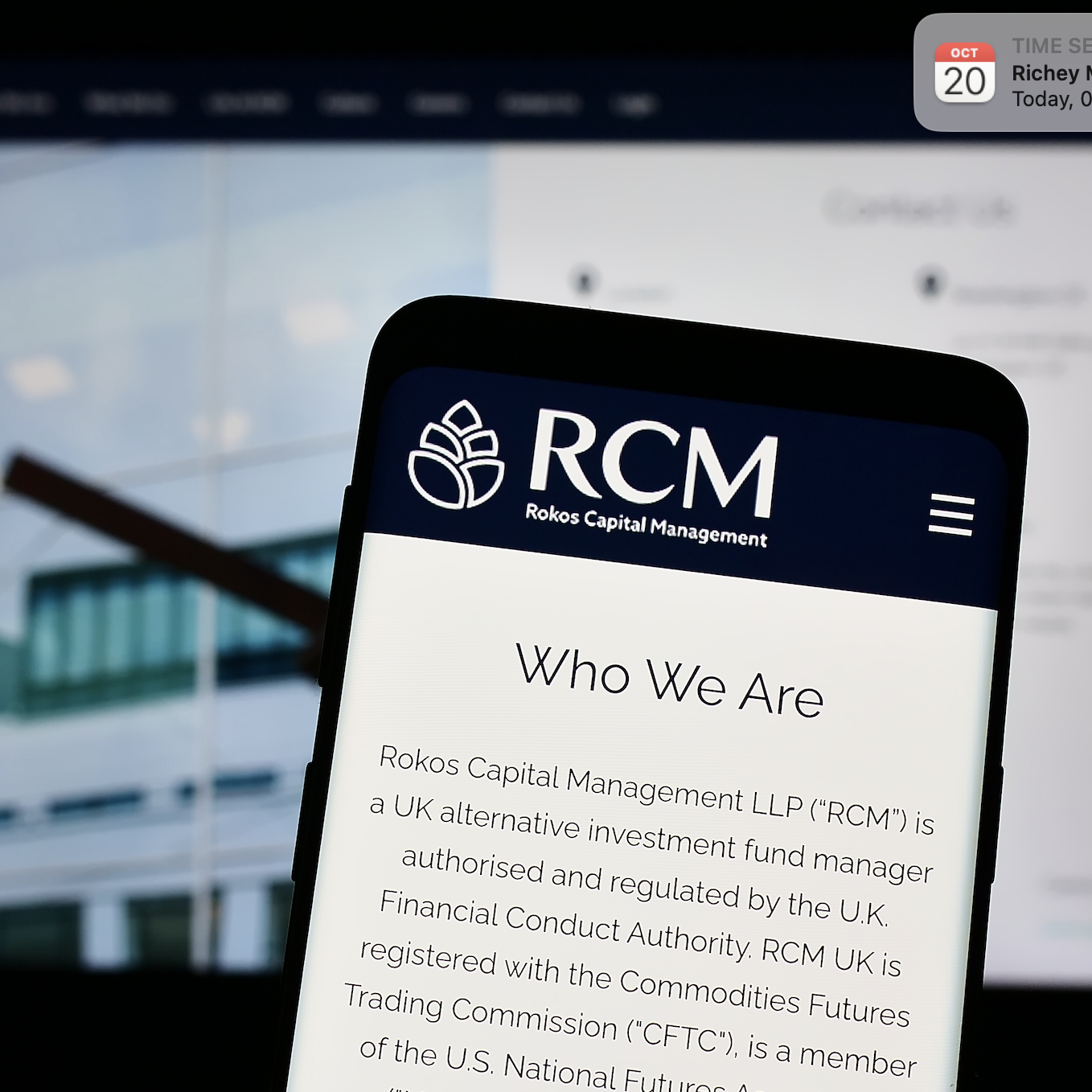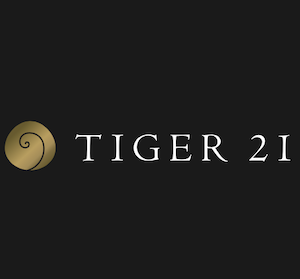Funds-of-funds remain the investor type most likely to negotiate side letters with hedge fund managers according to the latest Hedge Fund Side Letter study from Seward & Kissel, accounting for over half (51%) of all such arrangements agreed in the period from 1 July 2021 to the end of July 2022, but down slightly from the 54% seen 12 months ago.
- Funds-of-funds continue to be the most common category of side letter investor accounting for 51% of all agreements
- The biggest increase in side letter usage has been by non-profit institutions from just 3% last year to 11%
- MFN provisions are the most popular type of clause featuring in 46% of all side letters
Funds-of-funds remain the investor type most likely to negotiate side letters with hedge fund managers according to the latest Hedge Fund Side Letter study from Seward & Kissel, accounting for over half (51%) of all such arrangements agreed in the period from 1 July 2021 to the end of July 2022, but down slightly from the 54% seen 12 months ago.
Also mirroring the results of last year’s study, the second largest side letter investor type was endowments, accounting for 13% of all side letters for the second year in a row. Non-profit institutions and government plans tied in third place with 11% each with the latter dropping slightly from last year’s 12%. Non-profits’ 11% showing meanwhile, up from just 3% 12 months ago, represents the biggest increase of all investor types.
Corporate pension plans and HNW individuals/family offices bring up the rear, with both accounting for 7% of all side letters, the former up slightly on last year’s figure of 7% and the latter down from 12%.
The study, which covers both mature hedge fund managers, with an average of $4 billion in registered assets under management (RAUM) – down from $6.3 billion last year – and newer managers with a RAUM of approximately $210 million – up from $152 million twelve months ago, also reveals some interesting trends in terms of investors’ manager preferences. According to the study, both corporate pension plans and non-profit institutions allocate only to mature managers, while government plans and endowments account for 30% of newer manager allocations.
Some 60% of the newer manager side letters were negotiated by funds-of-funds – down from 78% last year – while the largest investments were made by government plans with allocations typically falling in the mid to high eight-figure dollar range.
The study identifies five main side latter clause types: some form of most favoured nations protection (MFN clause); fee discounts; preferred liquidity; capacity rights; and transparency/reporting obligations (of portfolio positions and/or portfolio exposures).
The most popular clause type was MFN provision at 46% of all side letters, a slight increase on last year’s 43%, and a particularly popular feature in new manager arrangements at 85%. By comparison, only 35% of mature manager side letters featured MFN provisions.
Fee discount provisions appeared in 34% of all side letters, a slight decrease from last year’s figure of 43%, with the clause type proving far more common with mature managers at 40% than newer managers (14%). In a major downward change, just 15% of side letters contained fee discount clauses covering both management fees and incentive allocations (down significantly from 54% last year), while 85% applied only to management fees or incentive allocations. Side letters with just a management fee discount clause outnumbered those with just an incentive allocation discount clause by 3:1.
Some 18% of all side letters feature fee liquidity clauses, down from 35% in the 2020/2021 study, with the clause type roughly as common with both newer and mature managers.
Capacity rights meanwhile, appeared in 15% of the side letters reviewed, similar to last year’s 17% although as also seen in last year’s study, the clause type is far more common in newer manager side letters (43%) than with mature manager arrangement (8%).
As in previous studies, portfolio transparency/reporting obligations is the leat common clause type accounting for just 8% of all side letters and consistent with earlier studies.
Key Takeaway | The significant decline in the RAUM of mature managers in the study, may reflect a greater unwillingness on the part of very large managers – many of whom saw increased demand during Covid-19 as safer, known investment options – to enter into side letters.








